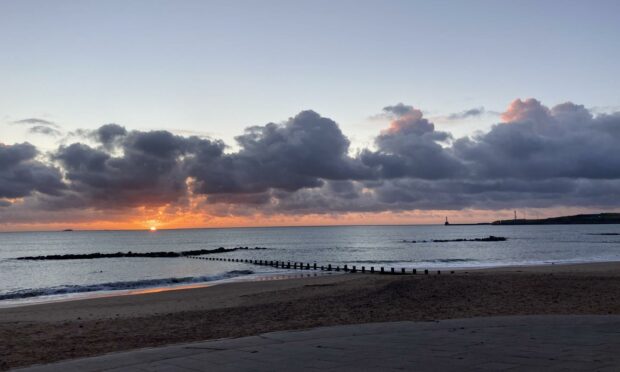The start of the pandemic isn’t a time I like to dwell on. I don’t suppose you do, either.
But how funny it seems now, the way we instantly grieved for normal life almost as soon as lockdown began; before we’d even had a chance to miss it. Oh, you sweet summer children.
We did lose more overnight than just pints and holidays and hugs, though. Really, we had two fundamental things snatched away without warning: the comforting sense of certainty that plans we had made would go ahead, and the exciting sense of possibility that anything could happen at any time.
I’ve regained the feeling of being in motion
Since the Covid crisis began, I’ve been lucky, personally and professionally, but I was almost numb to the joy of it all. A lot of the fantastic moments I experienced didn’t even feel real, maybe because no one else was around to witness them. If a tree falls on a muted Zoom call in my messy spare bedroom, does it make a sound?
Somewhere along the way, my pandemic anxiety eventually turned to apathy. Any certainty in life was monotonous and Groundhog Day-like. I genuinely started to believe that the other kind of certainty – the fun kind – would never return.
Yet, last week, I packed a bag and boarded a train with purpose. I was in three Scottish cities in as many days.
When I sped across the Forth Rail Bridge at dusk and paused on Aberdeen beach front for sunrise and tripped down Sauchiehall Street in heels, I couldn’t get the smile off my face. My stomach was filled with butterflies – not nauseating, fearful ones, but pleasant, rollercoaster ones.
As I watched little boats bob around in the Firth of Forth, I put my finger on what it was I’d regained; what we’d all lost in March 2020: “the feeling of being in motion again”.
“It’s the most extraordinary thing in the world,” John Darnielle of The Mountain Goats sings in the track Going to Georgia. And, as with most things, he’s right.
Certainty and possibility are back
Covid hasn’t evaporated as we once told ourselves it would, but – just as I was starting to think it was gone for good – some semblance of the life before has come back for me, with its concrete plans and thrilling possibilities in tow.
We’re all changed as a result of the pandemic, maybe permanently. I’m not the old me. I’m far from carefree. I’m still taking precautions to keep myself and others safe. I’m still worried and pointedly not looking too far into the future in case everything is suddenly ripped away again.
But, at least, for the first time in a long time, I feel confident that if I book a train due to leave a few days or weeks from now, I will be on it, watching the world flash past. And who knows what might happen on that journey, or who I might meet? Perhaps nothing and no one, but there’s possibility there.
That’s the beauty of the feeling of being in motion again – it isn’t a physical thing, but a state of mind. You don’t actually need to be going anywhere to experience it; you just need to know that opportunity is waiting for you. And that really is extraordinary.
Alex Watson is the Head of Comment for The Press & Journal and is looking forward to lots more train journeys

